Black spots on salmon fillets spots differ in origin from red spots, prompting scientific exploration beyond just bleeding-related causes
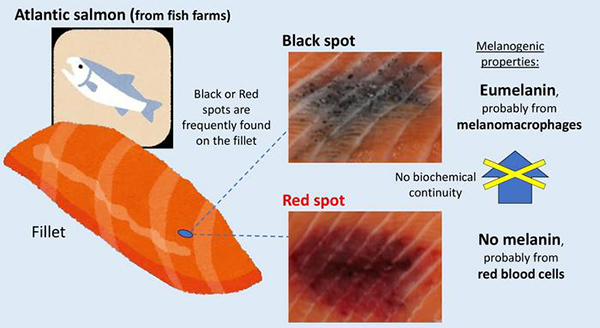
A new study published in the International Journal of Molecular Sciences has confirmed that black spots on salmon fillets do indeed contain melanin. However, the scientists also found that red spots don’t contain any melanin, suggesting “an assortment of possible causes” for the different-colored spots.
In recent years, there’s been a growing issue in commercial salmon farming with discolored spots on salmon fillets, affecting a large portion of the fish. More than 20 percent of Atlantic salmon fillets can develop unappealing black and red spots, often over 1 centimeter in size, leading to significant financial losses. These spots are more prevalent in farmed salmon than in wild ones, and the reasons behind their occurrence are not well-known.
The spots are roughly categorized as either “red spots” or “black spots,” and are also known as “red focal changes” and “melanized focal changes.” Some spots have been discovered that are in between red and black, suggesting that black spots often come from red spots.
However, a proper biochemical analysis of the black spots had never been performed, and the melanin theory is mostly based on the staining with Fontana Masson, which is only relatively specific for melanin. To clarify the science, Professor Turid Mørkøre of the Norwegian University of Life Sciences turned to two leaders in melanin biochemistry science: Professor Kazumasa Wakamatsu and Professor Shosuke Ito of Fujita Health University, Japan.
The researchers found that black spots contain eumelanin, while red spots don’t seem to have any melanin. The fact that red and black spots don’t share the same biochemical makeup suggests that they come from different cellular origins. Specifically, red spots likely come from red blood cells due to bleeding, while black spots come from melanomacrophages due to inflammatory responses.
The color of salmon: How fish farmers can add value by focusing on pigmentation
Although within expectations, the finding is an important step toward understanding the melanin spots problem. Bleeding can happen for different reasons, and not all cases result in long-term inflammation with melanomacrophages. Additionally, melanomacrophages can build up for reasons unrelated to bleeding. The clear difference in the origins of red and black spots, as highlighted by the scientists, suggests that researchers should be open to various possible causes for these spots instead of searching for a single explanation that fits all situations.
“The study by Wakamatsu and coworkers is an important component in the characterization of pigmented lesions in the Atlantic salmon and falls nicely in line with our group’s previous identification of the expression of tyrosinase [a gene necessary for melanin production] in black changes,” said Professor Erling Koppang, a Norwegian specialist on salmon fillet spots who was not involved in this study. “Now we know with certainty that the final product is as we have expected, which is important for moving forward in trying to prohibit these lesions.”
Now that you've reached the end of the article ...
… please consider supporting GSA’s mission to advance responsible seafood practices through education, advocacy and third-party assurances. The Advocate aims to document the evolution of responsible seafood practices and share the expansive knowledge of our vast network of contributors.
By becoming a Global Seafood Alliance member, you’re ensuring that all of the pre-competitive work we do through member benefits, resources and events can continue. Individual membership costs just $50 a year.
Not a GSA member? Join us.
Author
-
Responsible Seafood Advocate
[103,114,111,46,100,111,111,102,97,101,115,108,97,98,111,108,103,64,114,111,116,105,100,101]
Tagged With
Related Posts
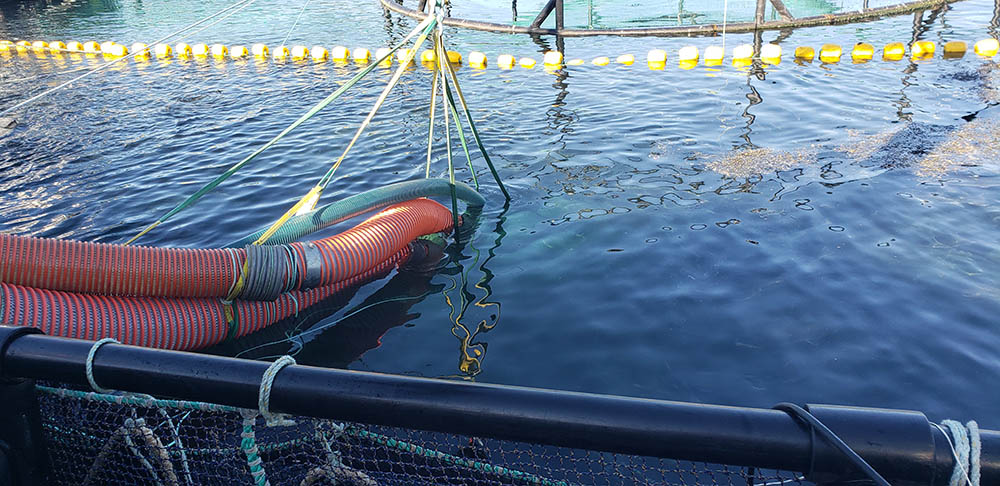
Innovation & Investment
‘Happier and healthier’: New fish transportation technology emphasizes voluntary movement
East Coast Innovation's Voluntary Swim-In fish transportation technology minimizes fish stress and enhances survival rates for aquaculture.
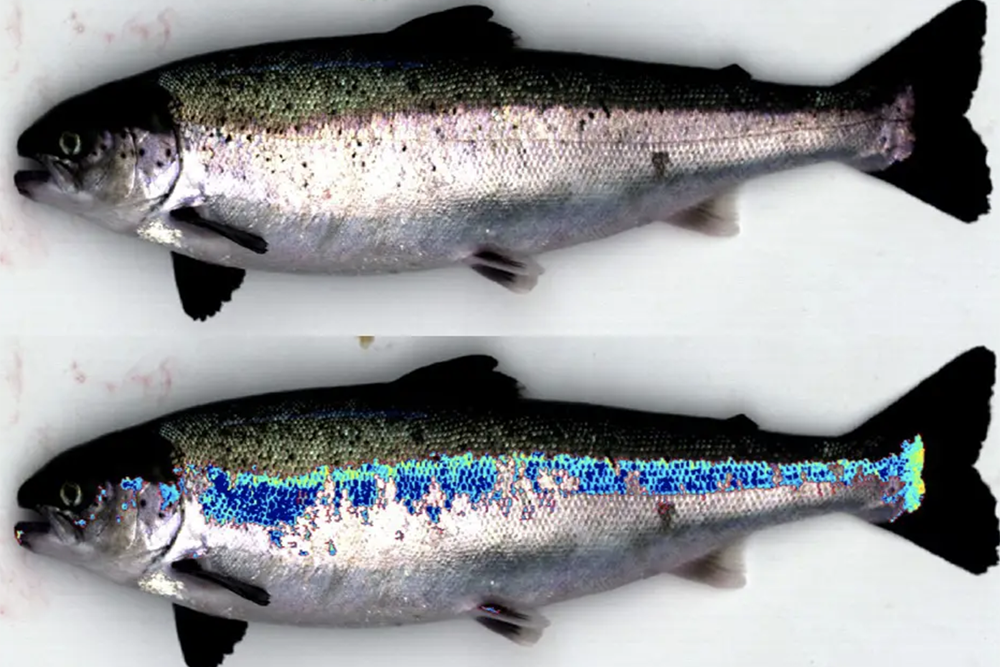
Health & Welfare
Vision quest: Behind Norwegian researchers’ high-tech approach to fish welfare assessments
Nofima's DeepVision project explores how hyperspectral cameras can improve the speed and accuracy of fish welfare assessments in aquaculture.
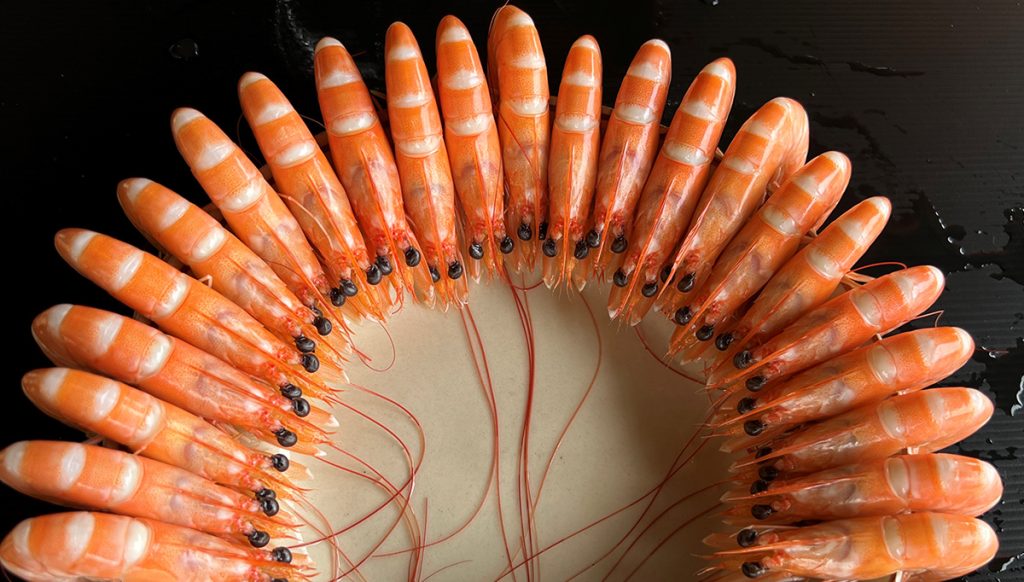
Intelligence
It pays to be pink: Farmed shrimp production chain protects its price points with pigmentation
Shrimp color is critically important because of the visual impact and the ability to command higher prices. To some, it’s also a signal of good health.
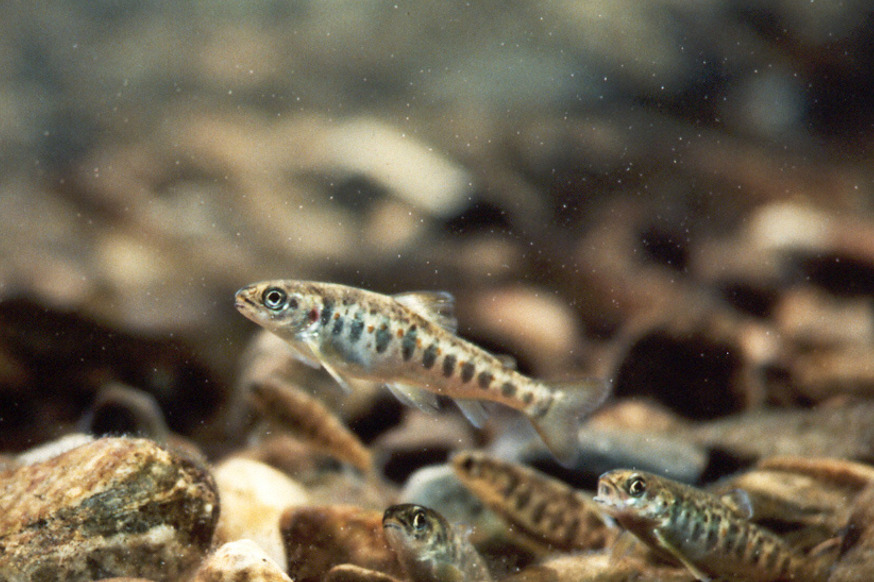
Aquafeeds
Assessment of microalgal biomass as a fish oil replacement in Atlantic salmon diets
The inclusion of a microalgal biomass in salmon feeds shows potential use throughout the whole production cycle from parr to harvest size.



